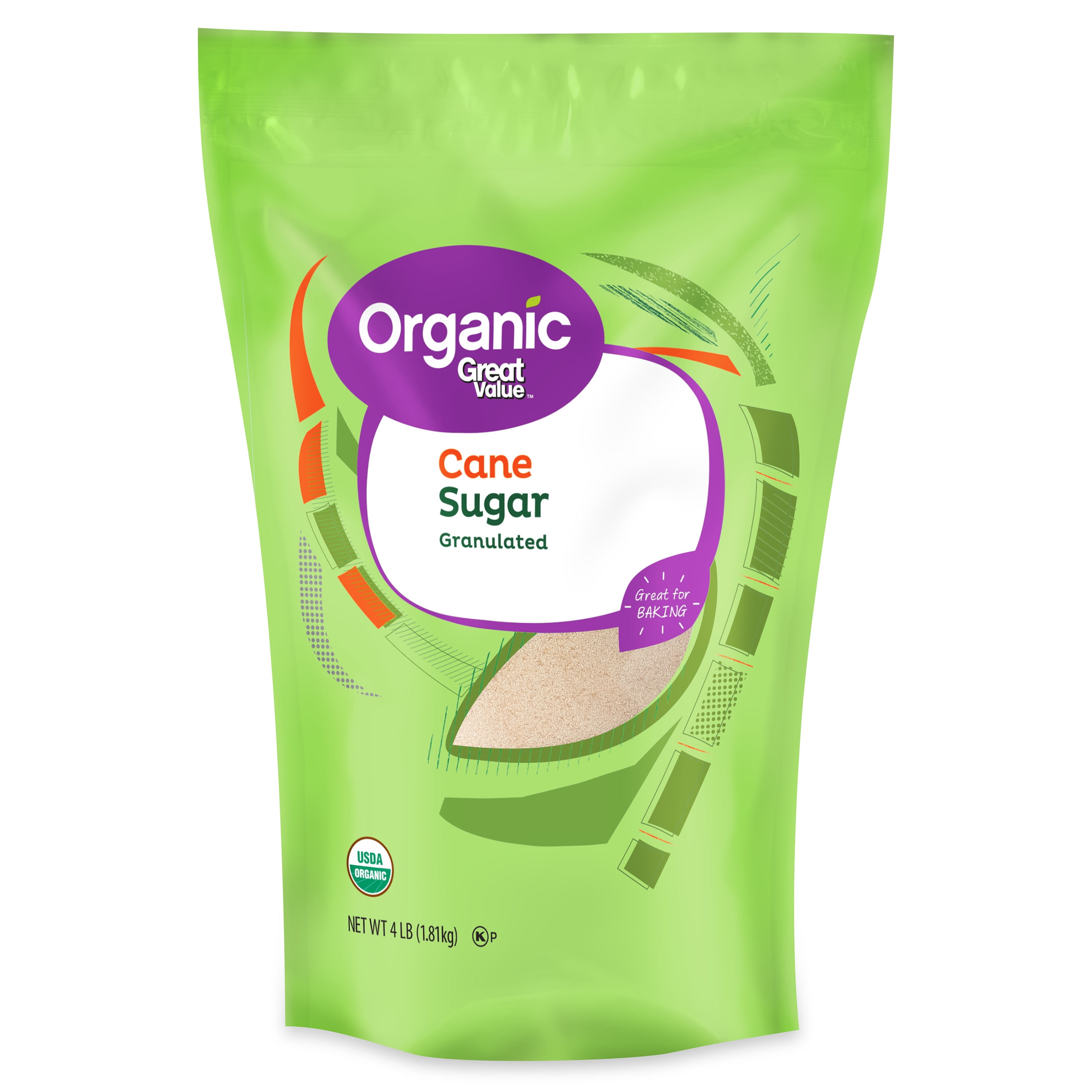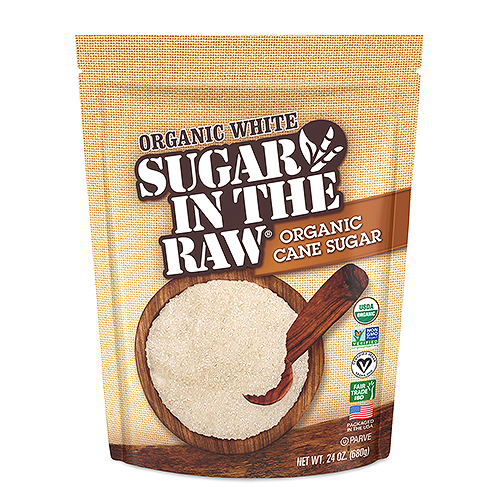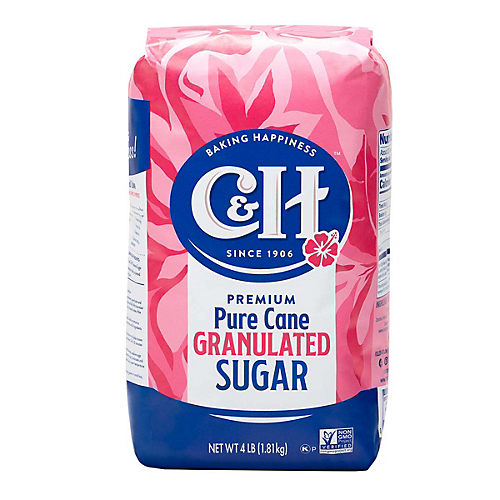The Trip of Cane Sugar Processing: From Harvest to Crystals
Exploring the Comprehensive Tips Involved in Walking Cane Sugar Handling From Collecting to Refinement
The procedure of walking stick sugar production incorporates a collection of elaborate actions, starting with the careful harvesting of sugarcane and culminating in the improvement stages that make certain the final product satisfies industry requirements. Each phase, from the extraction of juice to the purification and condensation procedures, plays an essential duty in identifying the quality and personality of the sugar. Understanding these phases not just highlights the intricacy of sugar production yet also increases crucial questions concerning efficiency, sustainability, and technology in the industry. What ramifications do these aspects have for future methods?
Gathering Sugarcane
Gathering sugarcane is an essential step in the walking stick sugar processing chain, as it directly influences the quality and yield of the end product. Appropriate timing and methods are crucial throughout this phase to make certain optimum sugar web content and lessen losses. Normally, sugarcane is collected when it gets to maturity, typically 12 to 18 months after planting, identified by a high sucrose focus.

Post-harvest, the sugarcane should be refined promptly to stop sucrose degradation. Ideally, gathered walking stick ought to be delivered to processing centers within 24-hour to protect sugar high quality. As a result, efficient logistical planning is vital to preserve the stability of the harvested plant throughout the supply chain.
Removal Refine

The smashed walking stick goes through a series of pressing operations to optimize juice recuperation. Typically, warm water is sprayed onto the crushed cane, creating a countercurrent circulation that assists dissolve the sugar while likewise aiding in the extraction procedure. The juice gathered from this operation contains not just sugar yet likewise various natural substances and pollutants.

To improve removal performance, some facilities may utilize diffusion techniques, where the sugarcane is taken in warm water, permitting the soluble sugars to diffuse right into the fluid. The resulting juice, abundant in sucrose, is after that routed to succeeding handling phases, laying the foundation for filtration and improvement. The extraction procedure is therefore essential in establishing the top quality and yield of the final sugar product.
Filtration Strategies
The filtration strategies used in walking cane sugar handling are essential for transforming the raw juice into a top notch sugar product. These methods primarily aim to remove contaminations, such as dirt, plant products, and inorganic compounds, which can detrimentally influence the last product's taste and color.
Among one of the most typical filtration techniques is clarification. This procedure entails including lime and heat to the raw juice, which helps with the coagulation of contaminations. The resulting precipitate is after that gotten rid of with sedimentation or filtration, generating a more clear juice. Furthermore, the usage of phosphoric acid can improve the information process by more binding pollutants.
An additional significant technique is carbonatation, where co2 is presented to the cleared up juice. This reaction generates calcium carbonate, which captures continuing to be pollutants and promotes their removal.
Additionally, turned on carbon treatment might be used to adsorb any continuing to be colorants and natural impurities, ensuring a much more refined product. The mix of these methods properly prepares the sugar juice for subsequent action in the refining process, establishing the stage for the manufacturing of high-grade walking stick sugar.
Formation Methods
After the purification phase, the next critical step in walking cane sugar processing involves formation techniques, which play an essential duty in transforming the cleared up juice right into solid sugar. This procedure typically utilizes 2 key methods: spontaneous condensation and regulated crystallization.
In spontaneous crystallization, supersaturated sugar solutions are allowed to cool naturally, leading to the development of sugar crystals over time. This approach permits for the consistent growth of sugar crystals and higher pureness.
Throughout condensation, the cleared up juice is focused through evaporation, enhancing its sugar content until it reaches supersaturation. Once this factor is accomplished, either technique can promote the formation procedure. Cane Sugar Processing. The resultant sugar crystals are then separated from the continuing to be syrup through centrifugation
Ultimately, the choice of formation approach affects the quality, dimension, and pureness of the final sugar great site product, making this action essential in the total walking cane sugar processing procedure.
Improvement and Product Packaging
Just how can the purity and high quality of walking cane sugar be even more boosted after crystallization? The refinement procedure plays a critical role in attaining premium walking cane sugar.
Next, the sugar undergoes a procedure called centrifugation, where it is spun at high speeds to divide the purified sugar crystals from the staying fluid. After centrifugation, the sugar is frequently more refined via a technique called carbonization or phosphatation, which makes use of activated carbon or phosphoric acid to get rid of shade and off-flavors.
When refined, the sugar is dried to accomplish the wanted moisture web content, making certain that it stays secure during storage and transportation. The final action entails packaging the refined sugar in impermeable and moisture-proof containers to keep its quality and avoid contamination. Cane Sugar Processing. Appropriate product packaging not just expands service life but also promotes very easy handling and distribution, guaranteeing that consumers receive sugar that satisfies the greatest requirements of purity and high quality
Verdict
The thorough actions entailed in walking cane sugar handling, from the careful harvesting of sugarcane to the detailed improvement and product packaging phases, highlight the value of each stage in making certain premium sugar production. Ideal harvesting techniques, efficient removal approaches, and strenuous filtration procedures collectively add to the end product's pureness and security. The crystallization and succeeding product packaging methods even more enhance the integrity and service life of the sugar, highlighting the intricacy and precision inherent in this necessary farming industry.
The procedure of cane sugar production incorporates a series of elaborate steps, starting with the cautious harvesting of sugarcane and culminating in the improvement stages that ensure the last product meets industry criteria. Preferably, collected walking anonymous stick ought to be delivered to refining facilities within 24 hours to preserve sugar high quality.In spontaneous condensation, supersaturated sugar solutions are enabled to cool down normally, leading to the formation of sugar crystals over time - Cane Discover More Sugar Processing. The improvement process plays an essential duty in accomplishing top quality walking cane sugar.The comprehensive steps entailed in walking stick sugar handling, from the precise harvesting of sugarcane to the detailed refinement and product packaging stages, emphasize the significance of each stage in guaranteeing high-quality sugar manufacturing